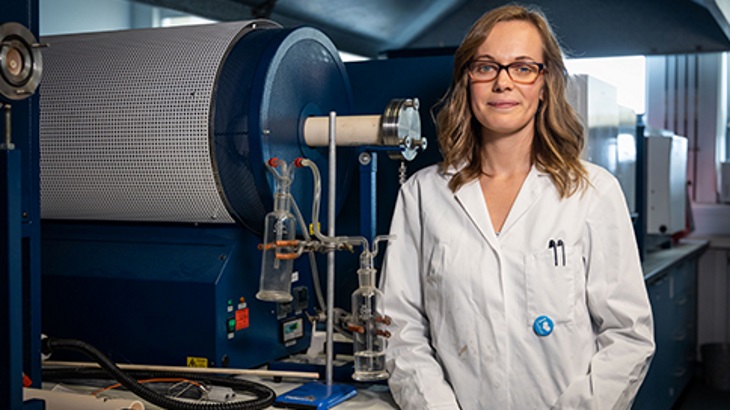The simulated materials, produced by Dr Claire Corkhill and her team from the university's Department of Materials Science and Engineering, in collaboration with scientists in Ukraine, can simulate the LFCMs that are obstructing decommissioning efforts at the nuclear accident sites. Published in the journal Nature Materials Degradation, the development is the first time a close approximation of a real LFCM has ever been achieved.
Corkhill said: "Understanding the mechanical, thermal and chemical properties of the materials created in a nuclear meltdown is critical to help retrieve them, for example, if we don’t know how hard they are, how can we create the radiation-resistant robots required to cut them out?" She added: "Thanks to this research, we now have a much lower radioactivity simulant meltdown material to investigate, which is safe for our collaborators in Ukraine and Japan to research without the need for radiation shielding. Ultimately this will help advance the decommissioning operations at Chernobyl and also at Fukushima too."
The research is described as a starting point, but the research team hopes to advance this work quite rapidly. Corkhill said: "Since the clean-up of Chernobyl is anticipated to take around 100 years, and Fukushima at least 50 years, anything we can do to speed up the process will be beneficial to Ukraine and Japan, in both financial and safety terms."
The research paper is titled Synthesis, characterisation and corrosion behaviour of simulant Chernobyl nuclear meltdown materials.





_47120.jpg)

_23621.jpg)






